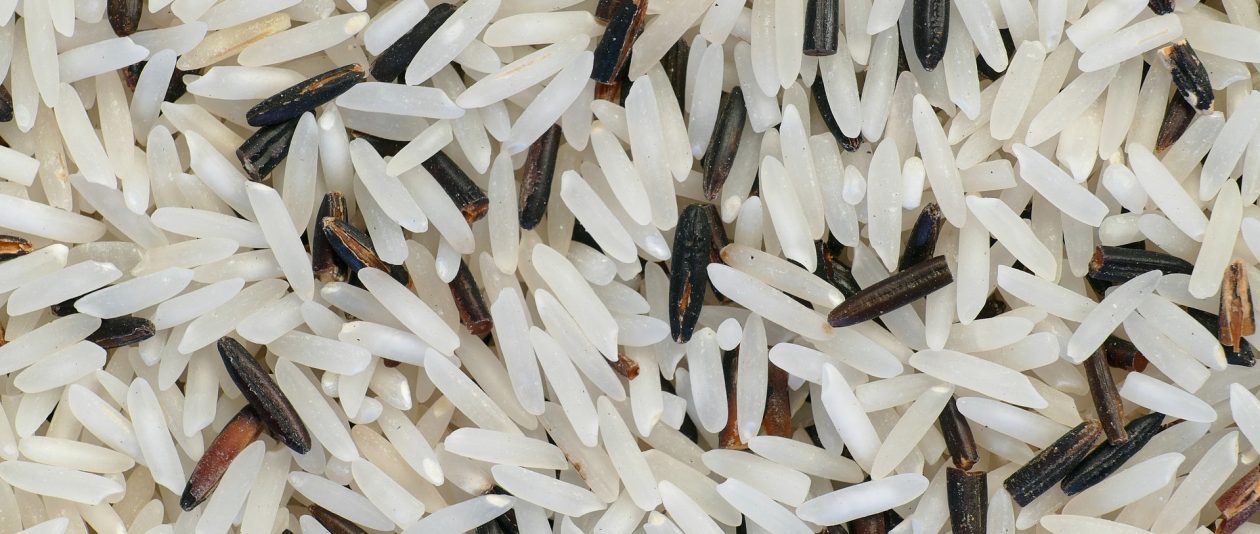

The basmati paddy is procured from the region where the soil composition is rich and unique with the climate especially conducive. This gives basmati delicate texture, flavor and aroma.
The paddy purchase experts keep a watchful vigil on paddy fields from seed sowing till the farmers harvest the paddy. This ensures that sufficient quantity as per quality expectations is available for you
The Pre-harvest survey enables to make an appropriate procurement strategy. We buy paddy that is top class quality and above all a value for the money.
The purchased paddy is sampled and checked repeatedly to ensure a 100% purity level. No compromise is made on purity at any cost. Each and every bag that arrives at the factory is probed for purity and physical defects.
The accepted paddy from man first goes through a cleaning process. The cleaners thoroughly dry rinse the paddy for any kind of farm trash in it. The rejections from cleaners are carefully examined for any kind of material loss. The in-process quality control ensures that no farm trash is found in the output.
Immediately after the cleaning process, the paddy passes on to the de-stoning process. In this, the stones, which cannot be removed by cleaners, are removed by specific gravity differentiators. This ensures removal of any mudball, stone, ferrous and nonferrous substances coming from the farm.
Immediately after the cleaning process, the paddy passes on to the de-stoning process. In this, the stones, which cannot be removed by cleaners, are removed by specific gravity differentiators. This ensures removal of any mudball, stone, ferrous and nonferrous substances coming from the farm.
Any surface adherents or external ferrous material is removed from the paddy by electromagnetic separators drum. Paddy is evenly spread out in a thin layer over a magnetic drum resulting in ferrous material separation.
The lighter paddy varieties are separated from each other by specific gravity differentiation principles. Very slowly and gently, the output of the dehusked is fed into this machine. A unique eccentric vibration of the table floats the lighter paddy over heavier rice and broken paddy being rougher travels in the opposite direction against slope resulting in a very efficient separation. The paddy from this machine goes back for dehusking.
Paddy is uniformly dried and processed through the dryer to reduce moisture content and then stored in warehouses for maturing.
addy arrivals from the farm may have a moisture content of up to 18%. The paddy storage or drying takes place at 13% moisture content. For drying, the paddy is fed from the top of the dryer and hot air is passed into the dryer in a crossflow. The hot air slowly and uniformly caresses the paddy till it attains the requisite moisture content.
During paddy drying, care is taken to ensure smooth and uniform drying without damaging the paddy kernel or causing the formation of external fissures. Depending upon the amount of moisture that needs to be removed, the paddy may have to pass through the dryers once or twice.
The paddy is stored for a minimum of 8 months before milling. During this time, it should be carefully preserved to retain its unique physiochemical characteristics. Our strong team of storage technologists ensures that the paddy doesn’t get infested and guard it against any kind of deterioration.
Paddy stored for the long term is invariably exposed to climatic adversities e.g. extreme summer and winter and monsoons. It requires a great deal of effort to safeguard the paddy.
It is a process to remove the nonedible husk of the paddy to get brown rice. The husk is removed by a shearing force which is created by the relative speed of two rubber rolls revolving in the opposite direction. Deliberately low de-husking efficiency is maintained for achieving the lowest possible breakage from this machine. This process leaves behind some paddy in the output of this machine, which is removed in the paddy separation process.
To husk the paddy delicately, very soft rubber rolls create a shearing force that is just sufficient for the process.
Utmost care is taken for consistent whiteness at all the stages of polishing. This makes sure that the endosperm of the rice kernel is still intact with a very strong and thin bran layer. This bran layer retains the maximum amount of aroma evolving compounds in it. It also gives extra protection to the rice kernel to prevent breaking during cooking. Moreover, this polishing process is designed in such a way that the rice kernel’s delicate tip ( nakka ) remains intact even if rice passes through abrasion or friction.
The maximum amount of care and effort goes into this process as it is the stage in which the rice quality is defined.
During de-husking and polishing, rice breakage takes place which is inevitable. The broken rice can be separated through sieves and length graders.
Highly sophisticated Color Sorting machines view each and every grain on an individual basis for any color deformation in the rice, colored stones or glass, white stones, transparent glass, ferrous, nonferrous material.
In addition to stringent quality control measures that are taken throughout the milling process, We employ additional checks at the end of the process. Tristar rice is again checked for broken and damaged kernels, as well as graded to meet International Standard
Packaging for Tristar Rice is done in a fully automatic plant. This ensures perfect condition on opening – sealing out weevils and other impurities, sealing in aroma and freshness, our packaging facility allows us to pack polyethylene, multiwall paper, woven polypropylene, jute, and cotton once the rice is packaged, it is palletized and ready for shipment to a buyer’s destination.